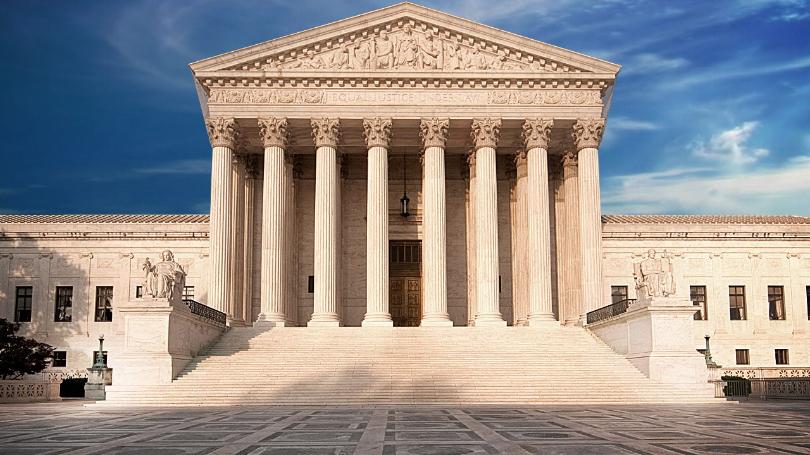In December, our thoughts are drawn to the event in Bethlehem that occurred over 2,000 years ago. We think about a virgin named Mary and how she gave birth to a child and laid him not in a warm incubator in a spotless maternity ward, but in a trough used for hay in a barn with no heat.
 We know this is the promised Redeemer, because we’ve been taught and because as believers we have faith that the story, while perhaps not newspaper reporter accurate, is true. But we’ve had years to figure this out. His first visitors were less informed, but were obedient to God’s word, and this is our lesson.
We know this is the promised Redeemer, because we’ve been taught and because as believers we have faith that the story, while perhaps not newspaper reporter accurate, is true. But we’ve had years to figure this out. His first visitors were less informed, but were obedient to God’s word, and this is our lesson.
We recall and are humbled by who the Father chose to be his Son’s first visitors. Simple sheep herders, probably with their dogs and of course the new-born lambs that could not be left behind should wolves appear. They came because the angels told them to go—blind obedience to something they could not have understood.
Later, this stable-born Child and his Mother were visited by three kings who on another mission of blind obedience were seeking a royal child—the “king of the Jews.” Instead, on their knees they paid homage to a boy child born in a barn to parents who were obviously poor. And afterwards, refused to tell King Herod anything. Once again, obedient to a dream, they left for home by another path.
Can we be challenged by the shepherds and kings to say “yes” to God’s plan even though we do not understand fully the result of our obedience? At the Stewardship Foundation, we commit once again to be obedient to our charter in the coming year. Considering the state of the markets this month, it will take diligence and optimism. We are up to the task!
On behalf of staff and board, we pray that 2019 is a happy and rewarding year for you and your families. Peace and blessings from The Stewardship Foundation.
 Presidents usually nominate individuals who share, on the most part, their own ideological views. However, when then-President Eisenhower appointed Chief Justice Earl Warren to the courts expecting him to be a conservative judge, his decisions ultimately proved to be the most liberal in the country’s history. When President George H. W. Bush appointed David Souter in 1990, history shows that his decisions most often favored the liberal side. We can’t help but wonder whether the Senate confirmation hearings will recall these two appointments or discount them completely!
Presidents usually nominate individuals who share, on the most part, their own ideological views. However, when then-President Eisenhower appointed Chief Justice Earl Warren to the courts expecting him to be a conservative judge, his decisions ultimately proved to be the most liberal in the country’s history. When President George H. W. Bush appointed David Souter in 1990, history shows that his decisions most often favored the liberal side. We can’t help but wonder whether the Senate confirmation hearings will recall these two appointments or discount them completely! MRI is a subset of SRI but is different because it screens out companies engaged in abortion, embryonic stem cell research, and pornography. It’s pro-life and pro-family. It’s a pillar of the Stewardship Foundation. MRI appeals to investors who want to buy into specific funds that match their moral compass.
MRI is a subset of SRI but is different because it screens out companies engaged in abortion, embryonic stem cell research, and pornography. It’s pro-life and pro-family. It’s a pillar of the Stewardship Foundation. MRI appeals to investors who want to buy into specific funds that match their moral compass.